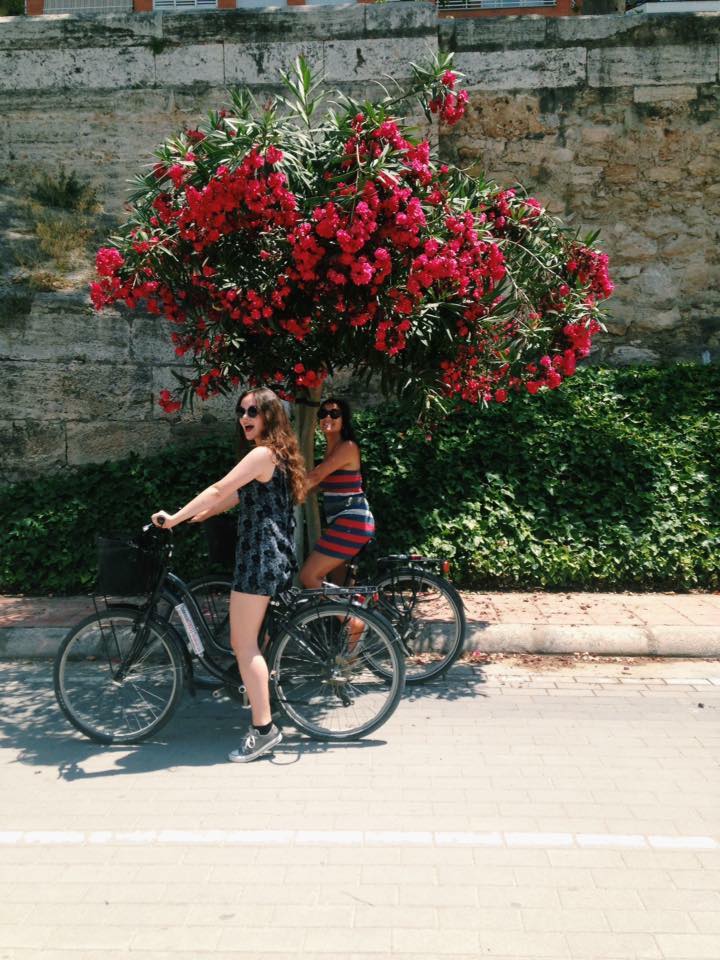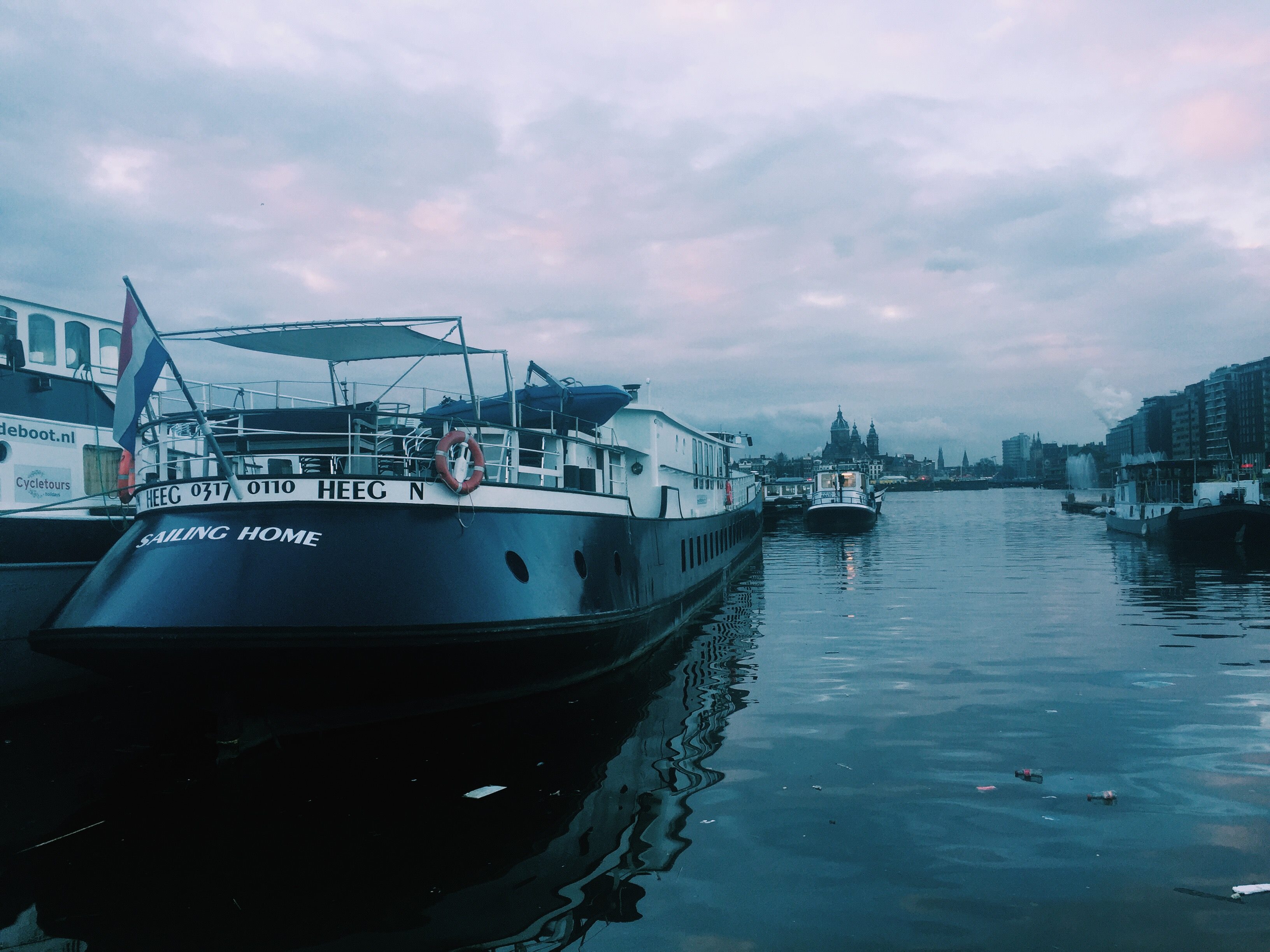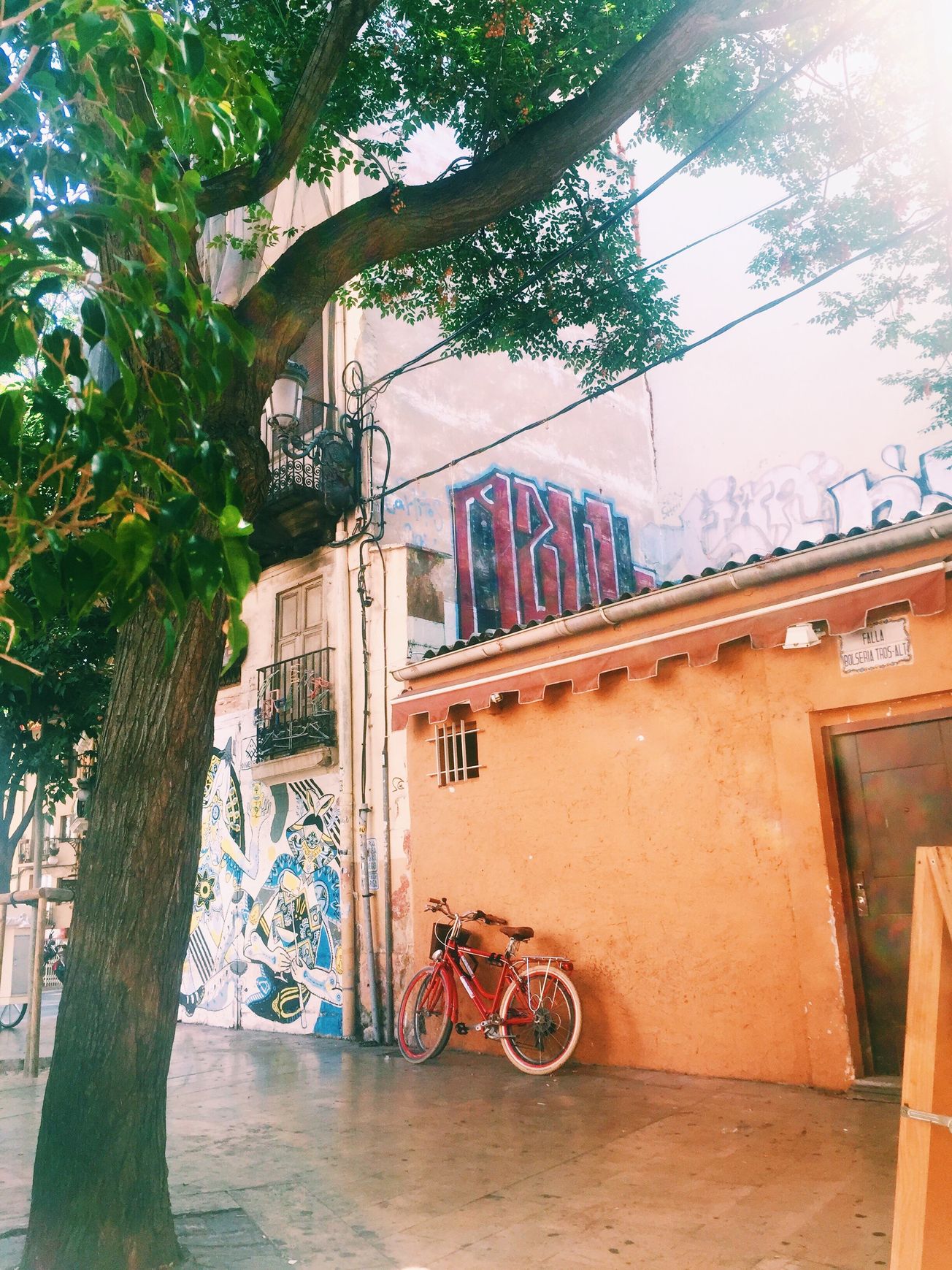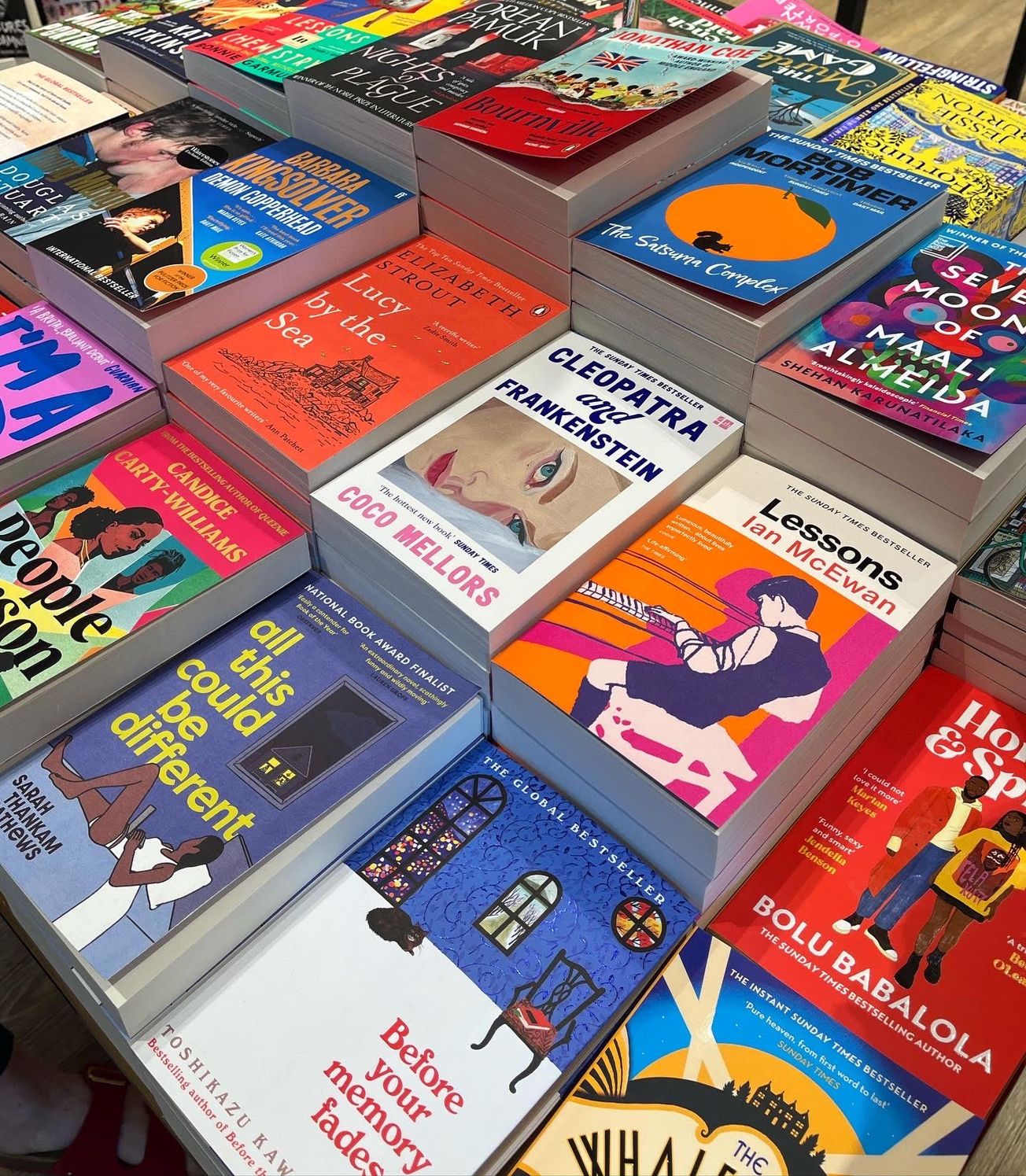By Lily Donnelly 3rd Year French & Italian
Buses, trains and planes can be hard to navigate... Luckily Lily Donnelly is on hand with her top tips for surviving transportation difficulties abroad.
Travelling abroad can be difficult. Both over and under the ground you’re going to be walking on, you are likely to run into transportation trauma. Here’s why.
In most European countries, tickets for buses aren’t actually found on the bus; instead, they are sold in various tobacconists and other outlets across town. Perhaps this is an attempt to trip up innocent tourists who board city buses only to be faced with fines for not already having a validated ticket. Simply research what system is in place before your arrival, then immediately stock up on tickets to easily avoid this disastrous outcome. And remember to validate them – the same goes for train tickets.
 !
!
Lily Donnelly / Epigram
Some European countries offer discounts for students, helping to provide affordable ways of travel around the Continent. For example, the Carte Jeune in France graces you with 30% off travel just like that the National Railcard, but instead of taking you to Weston-Super-Mare you can ride west across Europe into Barcelona. The ISIC (International Student Identity Card) is a voyaging must-have; costing just £12, this multi-function card will save you much more on a variety of transport methods alongside granting free entry to museums and discounts on drinks (if you find yourself in the right place).
Now that you have bought your ticket with your student discount card, it’s time to adjust expectation. Buses may not show up, drivers may drive past you, strikes may be in full swing and trains may just be cancelled with no explanation. Infuriating, inconvenient and simply very annoying, public transport cannot be relied on (except perhaps in Germany). Equip yourself with timetables (in the event that they are followed), download transport apps to keep up to date, and remember to take pictures of travel information wherever you are on your adventure. My favourite one? Rome2Rio. It can show you how to get anywhere, in the very literal sense of the word, offering numerous (normally three in my experience) travel options and all of the information you need to use them. It can even be a means of directly purchasing tickets, allowing you to organise your travels on one handy platform. The further south one ventures in Europe, the further away one gets from said functioning timetables; but with this iPhone, Android and internet friendly app, you are sure to get there somehow.
In the event of cancellations and delays, there are a few solutions. Many cities have followed in the footsteps of London, erecting bicycle bases across the city where you can rent a bike with a hassle-free insertion of your card into the machine. Often, the first hour is free followed by a small hourly tariff making this option one of the most fund-friendly.

Lily Donnelly / Epigram
For getting from one town or country to another, BlaBlaCar is a well-established car sharing app that allows you to hop in someone’s car for a very reasonable price. Not only does this provide a platform for meeting locals and travellers alike, but it’s a cheap and environmentally friendly way to travel around. With profiles and reviews of the listed drivers, you can choose a driver with whom you would feel most comfortable and safe. Renting a car of your own and road-tripping through the summer months is a student dream, but the reality of driving on the other side of the road, gear changing on the other side of the car and approaching roundabouts ANTI-CLOCKWISE might be something to consider before forking out for foreign insurance.
One thing to avoid: taxis. Chattering in English on the backseat is a sure-fire way to be taken around the houses and overcharged for a simple journey. Either come prepared with taxi-talk to avoid being robbed in broad daylight, use a trusted company recommended by your hotel or host, or just navigate the streets with your own two feet. On the grounds of this article, they seem to be the best mode of transport available – provided you’ve worn your sandals in.
Featured Image: Lily Donnelly / Epigram
Do you have any other travel tips? Let us know how!









